'Hidden Figures' reunites Kodak and NASA
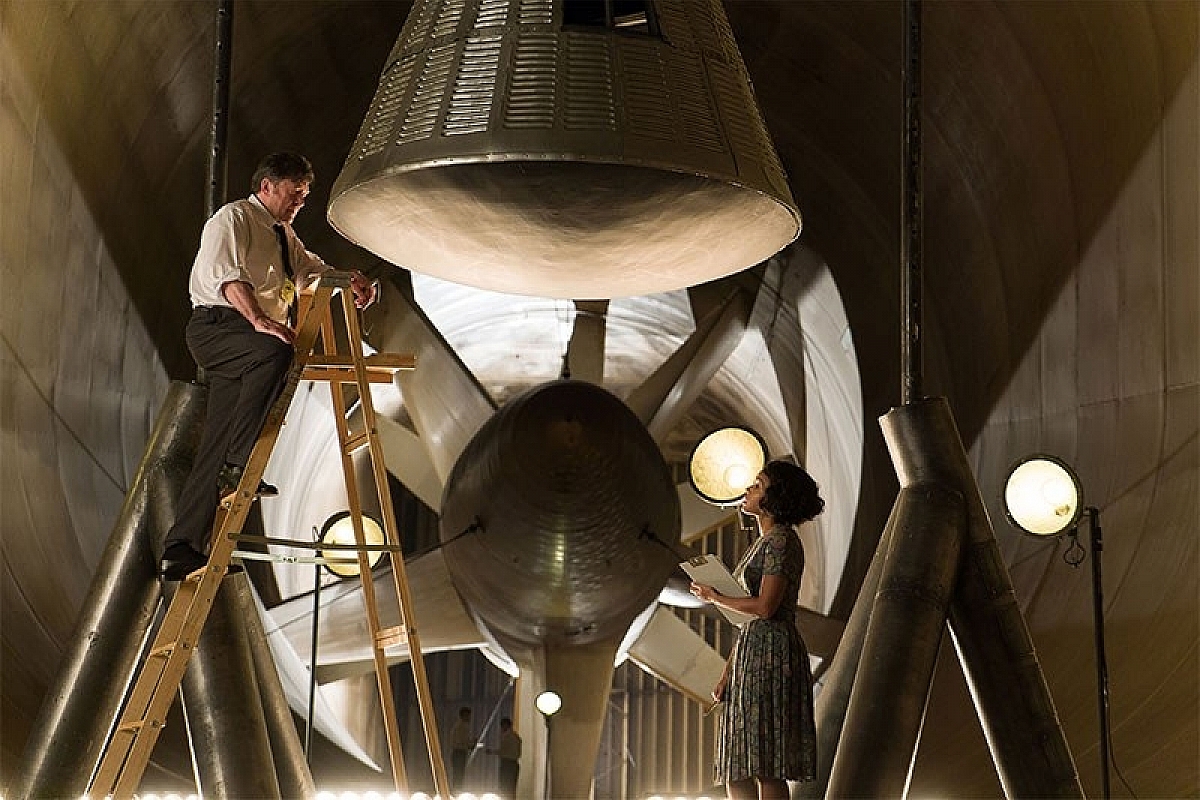
© 2017 Twentieth Century Fox Film Corporation. All Rights Reserved.
When director of photography Mandy Walker, ASC, ACS was designing the imagery for Hidden Figures, she envisioned “a cinematic version of reality.” The story and the 1960s time period required a heroic portrayal of the U.S. push to catch up in the space race but also a convincing depiction of the struggle for equality and respect of the three main characters – all brilliant female African-American scientists who were relegated to doing calculations behind the scenes for supervisors. Eventually, all three are recognized for their brilliance and play key roles in the success of NASA. The film earned three Academy Award nominations including Best Picture.
The script called for a significant number of stock and archival footage from the era, and Walker knew that those iconic shots of the space program were shot on Kodak motion picture film.
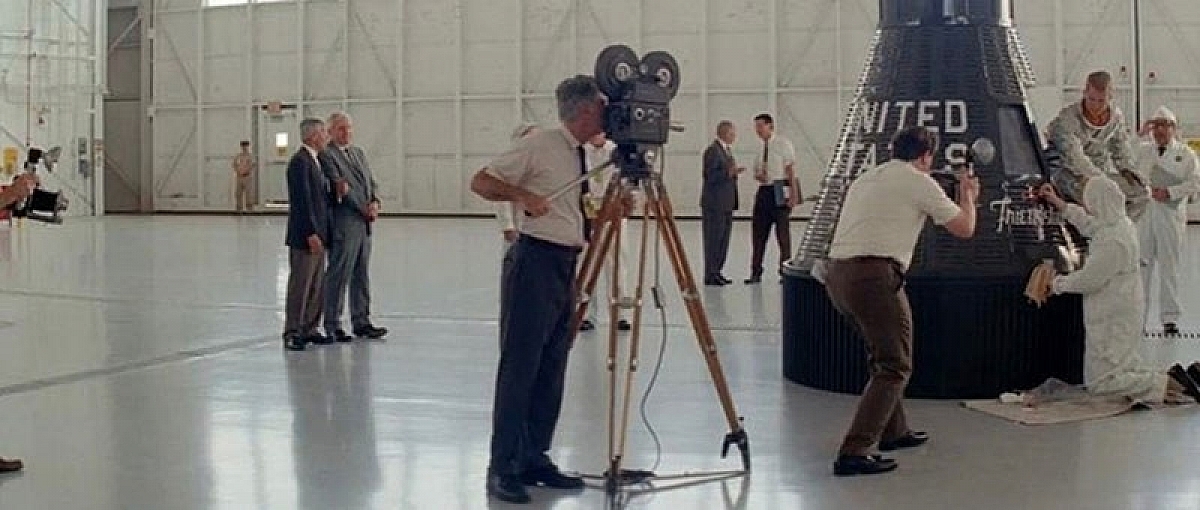
© 2017 Twentieth Century Fox Film Corporation. All Rights Reserved.
Kodak and NASA have a 40-year history of collaboration. When John Glenn became the first American to orbit the earth – an event depicted in Hidden Figures – Kodak film recorded his reactions. In the mid-1960s, Kodak technology was used to map the entire surface of the moon, and Kodak stereoscopic color cameras were used to bring back minutely detailed images from the moon landings in 1969 and later. When Glenn returned to space more than 35 years later, he operated a modified Kodak digital camera to document the historic space shuttle mission. The powerful imagery captured and brought back by astronauts has been credited with changing the way humans see themselves and their place in the universe.
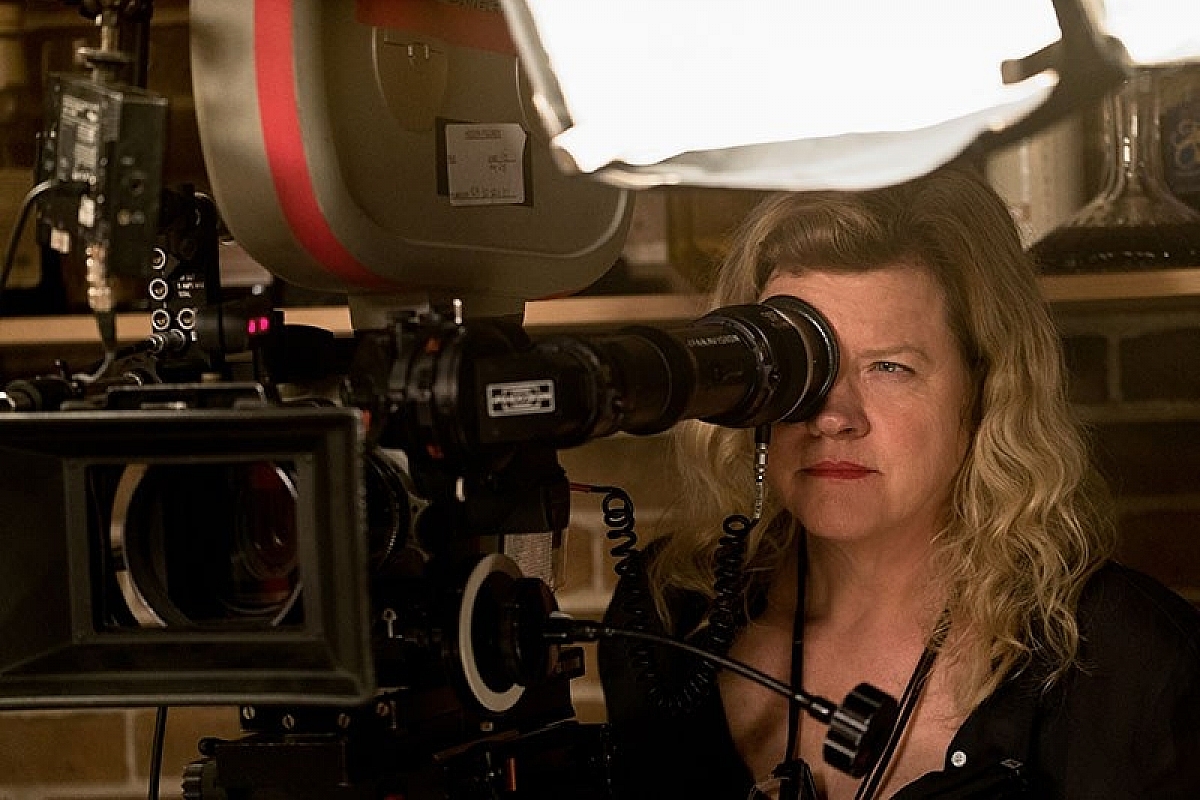
© 2017 Twentieth Century Fox Film Corporation. All Rights Reserved.
With this in mind, Walker chose to photograph Hidden Figures on Kodak film. But she also took inspiration from the still photography of Saul Leiter, Gordon Parks and Danny Lyons.
“They were shooting Kodakchrome and Ektachrome back then, and we did go for a Kodachrome quality in the colors, but we never tried to make our images look like that footage,” she said. “We had four or five different looks and styles in our film, but they were all supposed to flow in a single palette. The colors in the production design, as well as the color, contrast and saturation in the lighting, were carefully planned to support the emotional journey that the women were going through in each moment.”
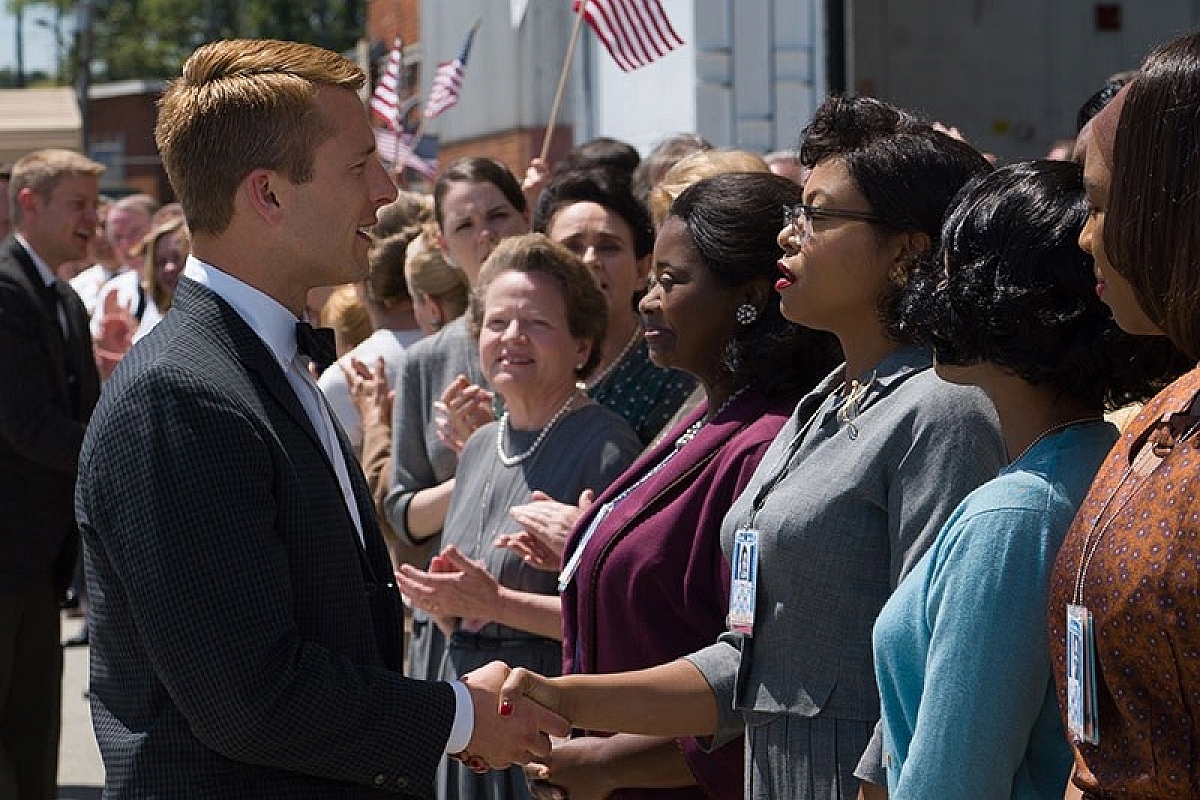
© 2017 Twentieth Century Fox Film Corporation. All Rights Reserved.
The images were framed in a widescreen aspect ratio captured with Panavision cameras and anamorphic lenses, mostly E Series glass. An array of film stocks helped delineate the various places and story points, including KODAK VISION3 50D, 250D and 500T Color Negative Films. And for some flashback scenes, Walker used the Super 16 format with a 2.40:1 extraction to create a grainer texture. She generally overexposes film by two-thirds of a stop compared to the recommended exposure index.
“That’s to give me the most information in the negative,” she said. “Film always maintains the highlights, even in much more overexposed conditions, so I always treat it like I’ve already protected the highlights, and I protect the shadows by overexposing.”
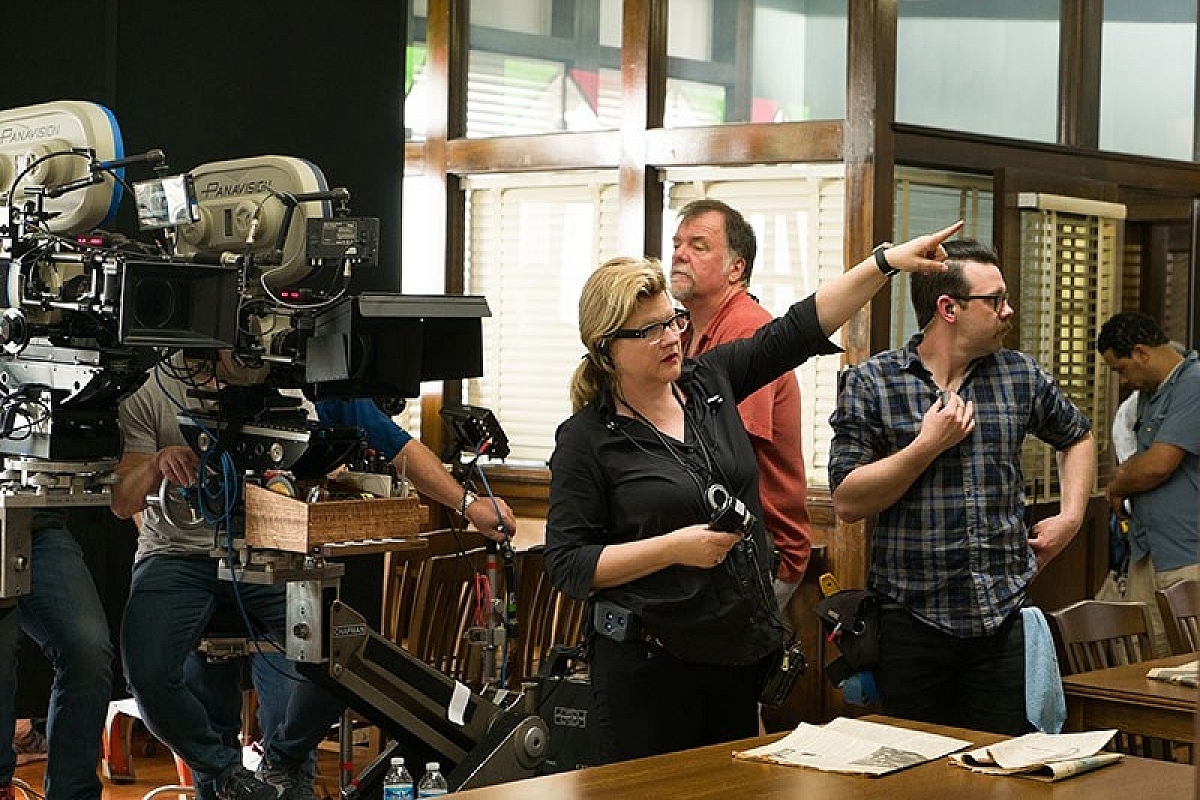
© 2017 Twentieth Century Fox Film Corporation. All Rights Reserved.
The NASA space task group room where the scientific calculations were made was a key setting. Combined with production design, Walker’s lighting gave a very convincing depiction of the space.
“Many of those locations are top lit with fluorescents, so I wanted to create the illusion of depth,” Walker said. “I did that with contrast – by placing lamps on tables and having light sources and highlights in the background of the shot. I could shoot windows that were four or five stops over, and I still had information outside. I could have lamps up full strength to create depth and still have detail in the highlights.”
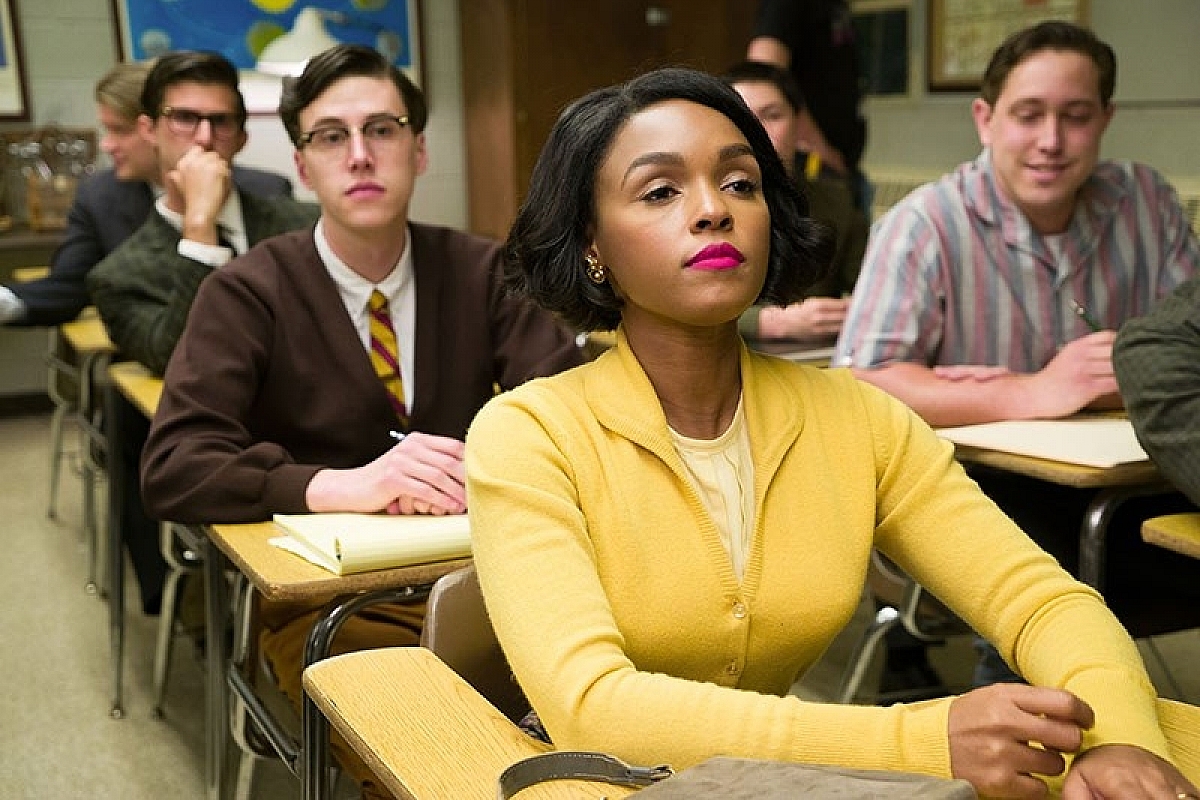
© 2017 Twentieth Century Fox Film Corporation. All Rights Reserved.
But the main reason Hidden Figures was shot on film was color rendition. According to Walker, in her first meetings with director Ted Melfi, he said, “I want the color palette that film has and the softness and texture that it gives to skin tones.”
Walker agreed, “I didn’t use any diffusion on the set or in post because of the way film represents skin and the way it rolls off between the shadows and highlights. Film still renders more colors than digital. In skin tones, you really see it, because human skin has a lot of different colors in it. The difference between one person and another, you really feel that in the image.”
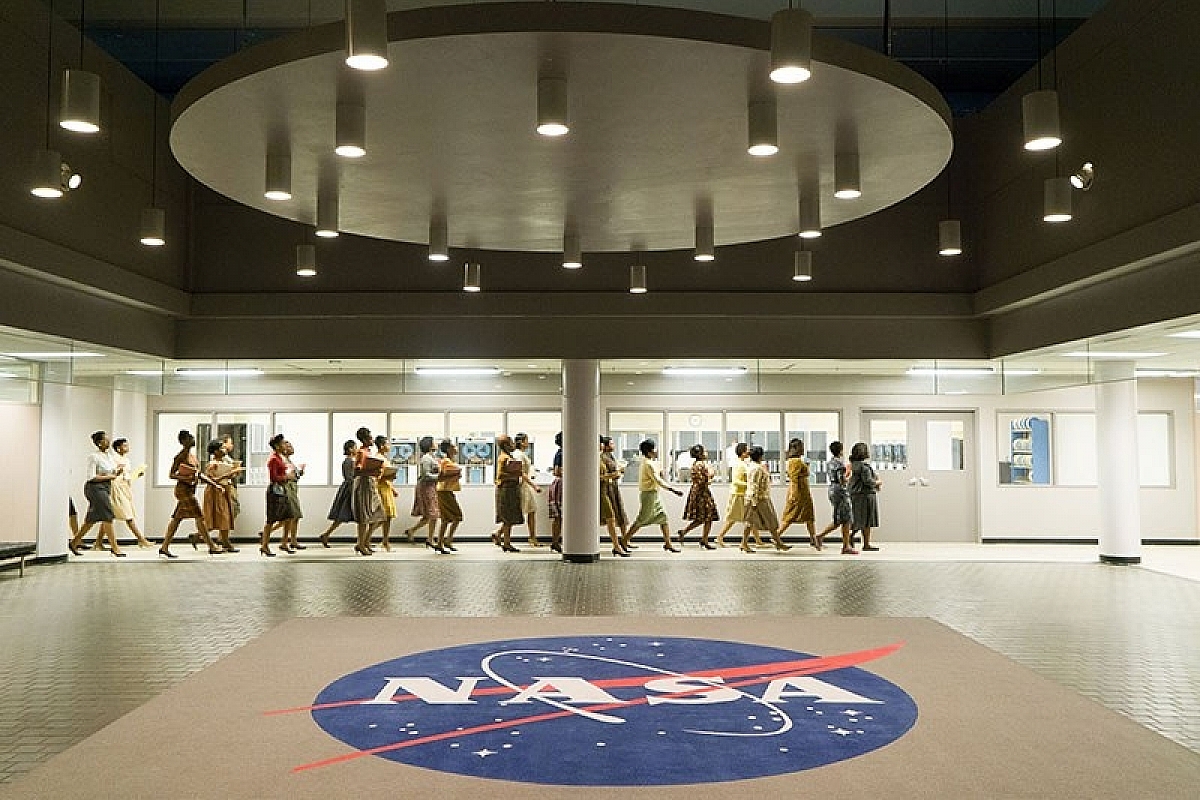
© 2017 Twentieth Century Fox Film Corporation. All Rights Reserved.
Color played an important role in the subliminal cues the filmmakers designed. The below-ground office where the main characters worked at first was a dingy gray-green with no windows. At a certain point, the women move upstairs to the clean, pure white, modern offices. “We wanted it to feel like they were stepping into the future,” says Walker. “Very space-age and new, like the progression of NASA into the Apollo era.”
Hidden Figures is being shown around the country to young girls to encourage participation in scientific and engineering careers.
“I’m proud of the movie,” said Walker. “I think we all achieved what we set out to do. It was a really fast shoot and we all collaborated really well. I’m glad we shot on film. It was the right decision.”